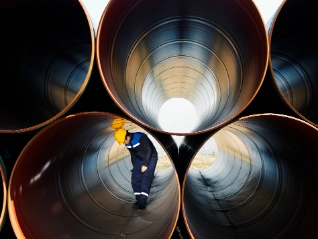Atradius Atrium
保険契約情報、与信限度額申請ツール、インサイトに直接アクセスできます。
 Japan オフィス
Japan オフィス














もっと読み込む
視聴 7 より 145







もっと読み込む
視聴 7 より 28







もっと読み込む
視聴 7 より 12














もっと読み込む
視聴 7 より 9
